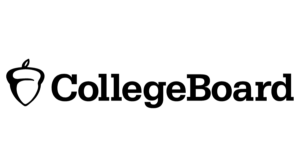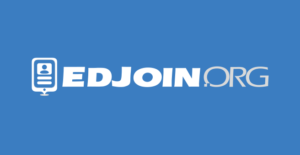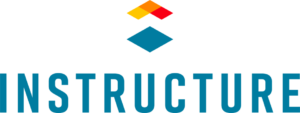Footsteps2Billiance
Napa County Office of Education
Decades of research show that children from poor families enter school with weaker language skills than children from more privileged families. The language gap can start at 18 months, and by the time they are five years old, these kids score more than two years behind on language development tests.
A key factor is that poor children are not exposed to engaging and supportive talk and the rich use of language at home. But the good news is that programs such as Footsteps2Brilliance at the Napa County Office of Education are helping bridge the divide.
The research-based literacy program for teachers and parents uses interactive e-books and learning games that help prepare children for school. The early learning platform is designed to accelerate student achievement by using mobile gaming technology, building on the latest cognitive research.
The e-books and games reinforce vocabulary, comprehension and critical thinking skills. Children can toggle between English and Spanish while learning 1,000 essential vocabulary words. The e-books are so engaging that kids “want to read them again and again,” said Dr. Barbara Nemko, Napa County Superintendent of Schools.
The Digital Early Literacy Program grew out of a pilot launch of Footsteps2Brilliance in 2011 by Napa COE, in a Kindergarten Boot Camp in Calistoga, with the assistance of the school district and a public/private partnership called NapaLearns. Their mission was to use tablets to give preschool students the skills they would need to be successful readers. It is currently used in all 23 preschool classes operated by Napa COE, and in a variety of kindergartens and intervention programs around the county, as well as by families whose children are not in any preschool.
Nemko said they selected Footsteps2Brilliance because it is all-inclusive. “It’s a very complete app. It includes a fiction and non-fiction library of books that read themselves to kids in English and Spanish,” she said. “There are comprehension questions, phonics games and a series of songs about letters. Kids can record themselves saying the sounds, then listen. There’s a game for sight identification of words that’s just like whack-a-mole, and the game gets faster as the child gets better.”
Kids can also write their own books by selecting characters and background scenery, “so they end up with a book that looks good,” she said. “They can keep it on their digital bookshelf and e-mail it to grandma.” Kids who didn’t grow up having nursery rhymes read to them can learn them karaoke style.
Napa County families who don’t have tablet computers can purchase a Kindle Fire Kids Edition after making a small down payment and signing an agreement to make monthly payments, or they can use any computer or smart device they own. The app is free, and thanks to extensive community outreach more than 1,600 children in the county are using it.
A Napa COE team of IT specialists and a lead teacher who is a coach for the program are available to help parents download the app and answer questions. They show parents how to use the device with their kids in their laps, as if the tablet is a book.
Because children use their tablets at home and school, the app provides a crucial home-school link and an any time/anywhere learning environment, enabling parents to extend student learning and inspiring children to develop a daily habit of reading.
It’s also a management tool for teachers and administrators. A reporting system allows teachers to track student progress and differentiate instruction, and administrators can look at which classes are reading the most and when they’re reading.
“This is all about closing the achievement gap before kindergarten,” Nemko said. “The gap doesn’t start in school; kids bring it to school. We have known since the 1980s all the research showing the effect of fewer words being spoken in the home.”
Nemko said Footsteps2Brilliance “is not an add-on. It is integrated into the curriculum. It’s not about using an iPad. It’s about bringing content to kids in a more interactive and engaging way.”
Napa COE reports that data evaluating the program has been very positive. Four years after starting the program, “we are seeing so many more second and third graders performing at grade level,” Nemko said. Now with the use of the California Longitudinal Pupil Achievement Data System, often referred to as CALPADS, students have identification numbers that follow them when they move and the data should be easier to collect.
For its early digital literacy efforts, Napa County Office of Education has received the $50,000 grand prize from Collaboration Nation, a trip to the White House Summit on Early Education to share its success story, a 2014 Digital Innovation in Learning Award and a “District of Distinction” award from District Administration magazine.
But Nemko said more important than the awards is the fact that “kids come to school with a level playing field. It makes no sense that we have kids who start school already having a two-year gap, and then we blame schools as if they created it. We are narrowing the gap.”
For More Information:
- Napa COE’s Footsteps2Brilliance web page includes videos of the app in use in the classroom, news reports about Napa COE’s Early Digital Literacy Program, and links to information about technology and early learning.
- Learn how Footsteps2Brilliance can be used by children, teachers and parents and view a demo here.
- Watch Napa COE Superintendent Barbara Nemko explain how Footsteps2Brilliance started and why it is successful.




